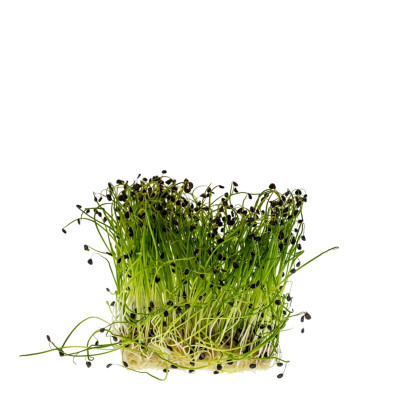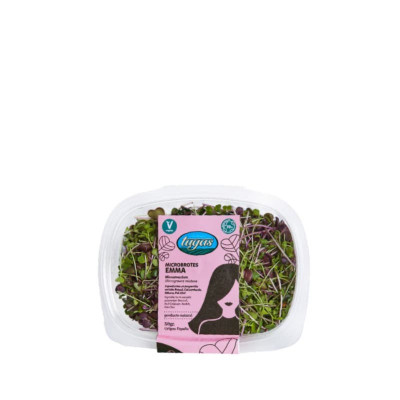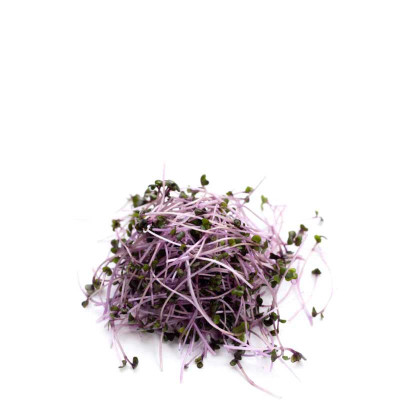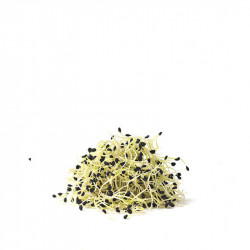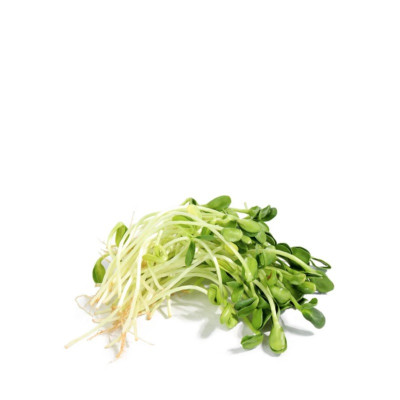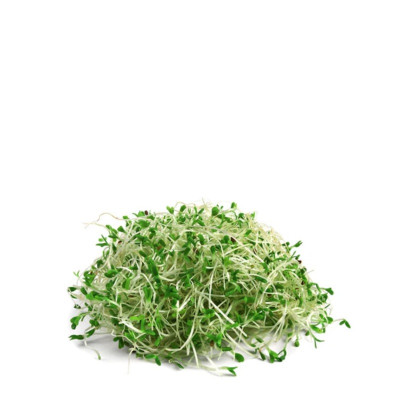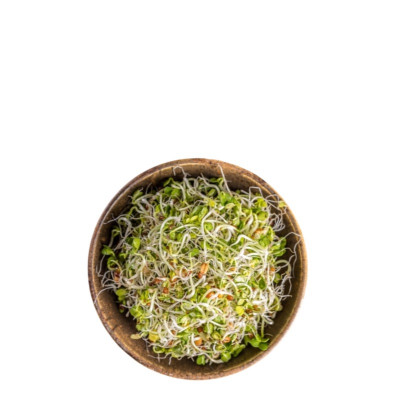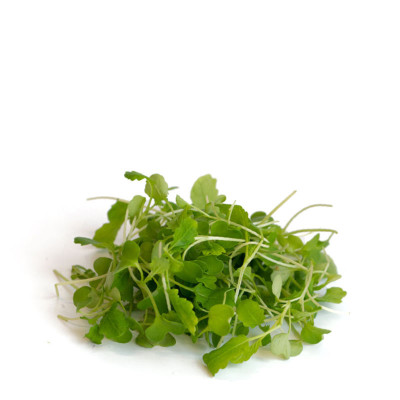Amaranth sprouts are a true culinary gem due to their mild and delicate flavor, combining herbaceous and slightly sweet notes. Their crunchy texture makes them ideal for adding to a variety of dishes, from salads to scrambles and stir-fries. These sprouts are known for their versatility in the kitchen, as they can be consumed both raw and cooked, and perfectly complement other ingredients in any recipe.
Historical Information
Amaranth, also known as kiwicha in some Latin American countries, has a rich history in the culture and cuisine of various ancient civilizations. Originating in Central and South America, amaranth was a staple food for many Mesoamerican civilizations, such as the Aztecs and the Incas, who considered it sacred for its nutritional value and cultural significance in ceremonies and rituals.
Biological
Amaranth (Amaranthus spp.) is a plant of the Amaranthaceae family, which includes hundreds of different species. It is mainly cultivated for its edible seeds, but also for its leaves and tender shoots. Amaranth sprouts are obtained from the young seedlings of the plant and are an excellent source of nutrients, including high-quality proteins, fiber, vitamins, and minerals.
Amaranth Sprouts Health Benefits
Amaranth sprouts are a nutritional powerhouse. They are rich in high-quality proteins, making them an excellent choice for people following vegetarian or vegan diets. Additionally, they are a good source of dietary fiber, which promotes digestive health and helps maintain healthy blood sugar levels. They are also rich in vitamins and minerals, such as iron, calcium, and magnesium, which are essential for good bone and cardiovascular health.








